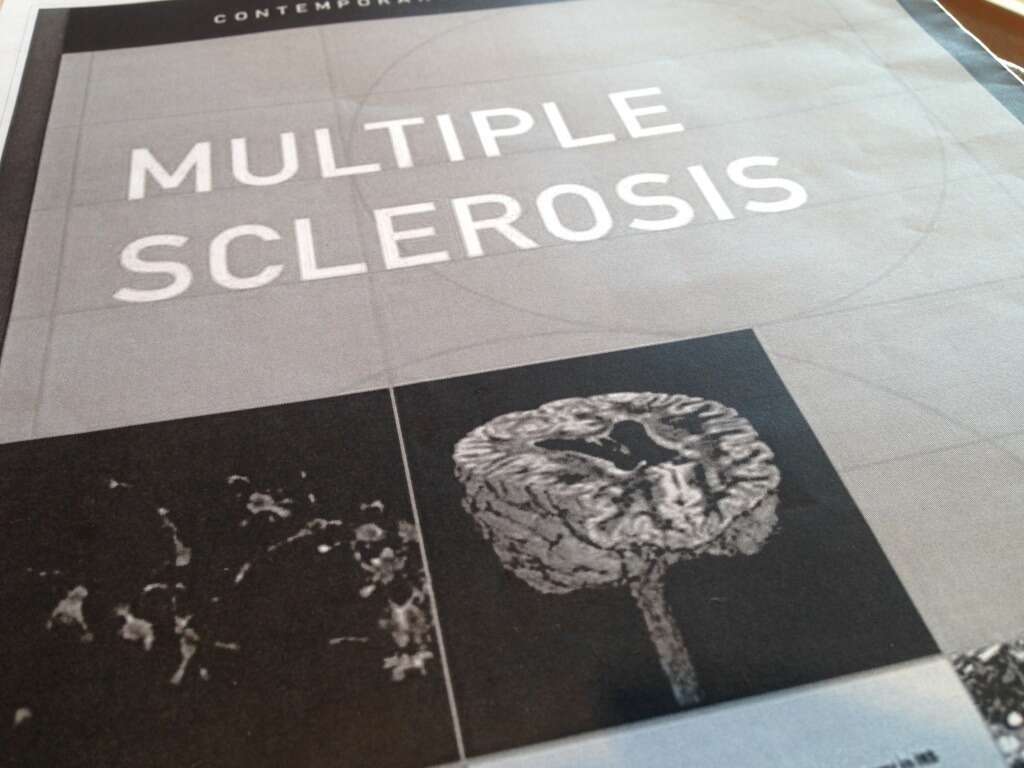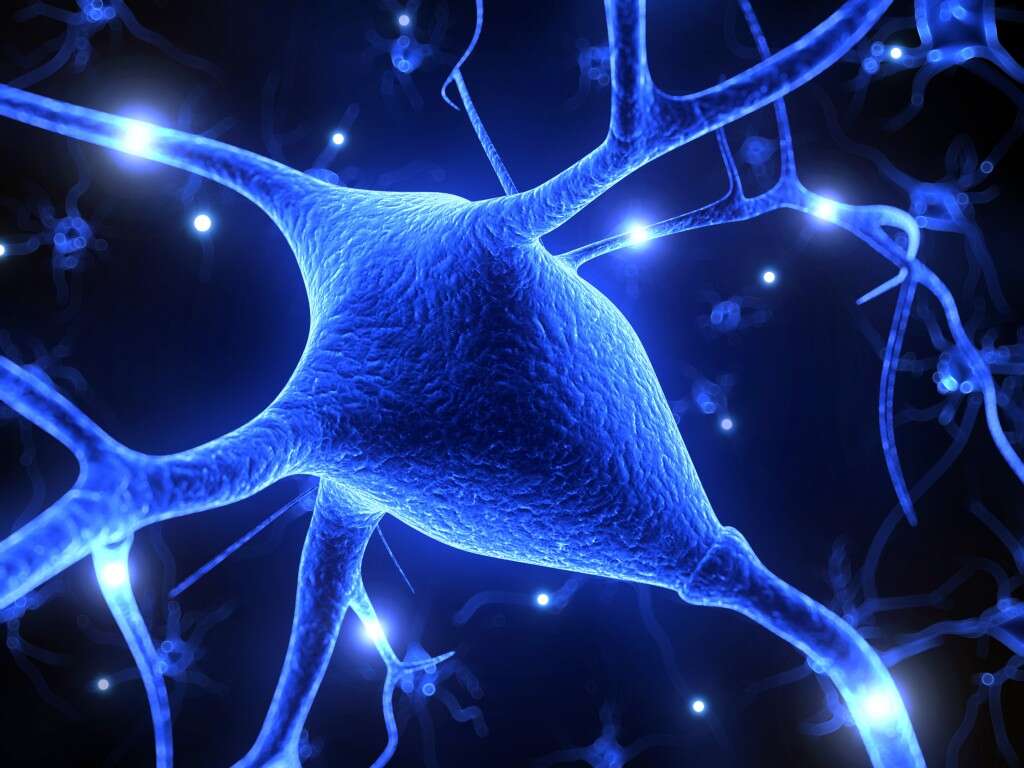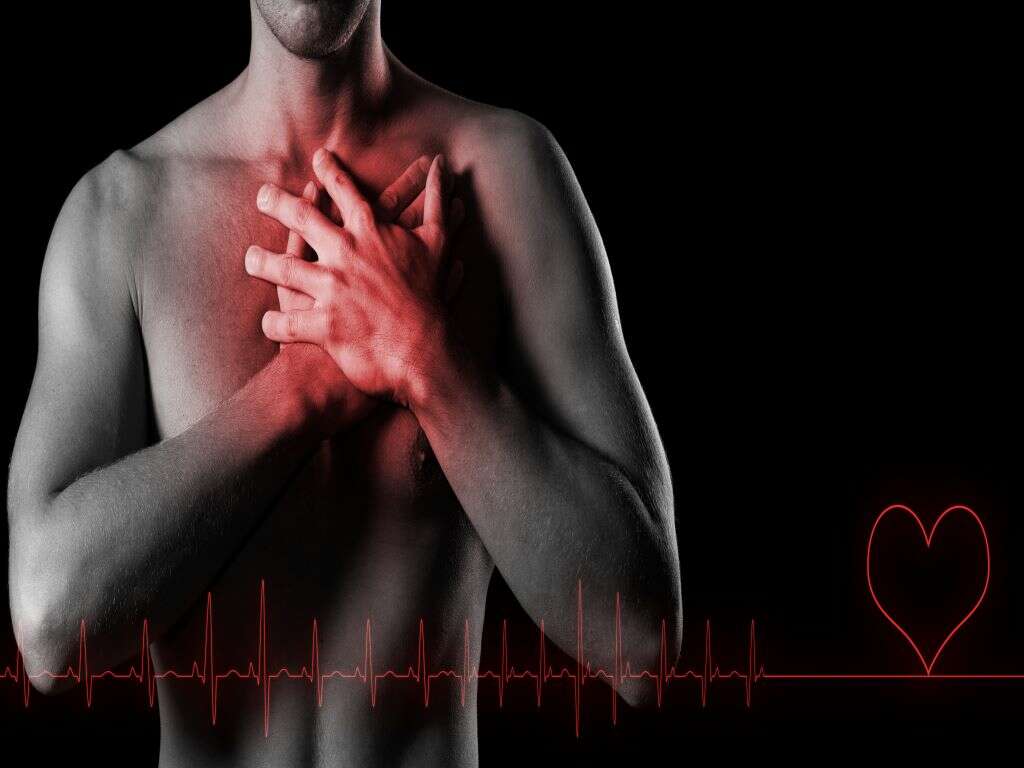10 Atherosclerosis Symptoms
Atherosclerosis, which is also sometimes referred to by the name arteriosclerosis or simply ‘a hardening of the arteries,’ is a condition in which the walls of the arteries become coated with plaque. As plaque continues to build up, the walls of the arteries effectively close in, making it much more difficult for blood to travel through the vessels. This means that your body will be less able to transport oxygen and other nutrients to the tissues and organs in your body. It can lead to a huge number of symptoms, ranging from weakness and fatigue to heart attack.
Atherosclerosis is a condition that’s more likely to strike older people than younger people. This is because fat and cholesterol have more time to build up in the arteries and turn into plaque the older that we get. Atherosclerosis can affect any arteries in your body. The more arteries that are affected, the more serious and consistent the symptoms will become. The problem is actually quite common among older people, but fortunately there are potential cures and ways that you can manage or prevent the condition from emerging.
If you’re hoping to prevent the condition, eating healthy, getting enough exercise, and following a regular sleep schedule are all very important. However, if you’re worried that you’ve already developed atherosclerosis, then reading this list of symptoms might help you determine whether or not you need to seek treatment. It is important to understand that symptoms of atherosclerosis only emerge once the disease has become quite serious and emergent.

Symptom #1: Chest Pain
Atherosclerosis is a condition that affects the cardiovascular, or blood-pumping, system. The centre of this system is the heart, and people who are struggling with atherosclerosis will have a hard time getting blood to and from their hearts.
This can lead to various forms of chest pain. The pain can be sharp and sudden or fairly consistent. In either case, having consistent chest pain is a sure sign that you need to get yourself checked out.

Symptom #2: Fatigue
There are a number of reasons that atherosclerosis can contribute to fatigue. The first reason is because the condition makes it more difficult for your body to transport oxygen and nutrients to your tissues and organs, including your brain. This alone can make it hard for you to produce energy and can make it easier for you to become exhausted.
Furthermore, atherosclerosis is known to contribute to kidney disease. As kidney disease becomes more serious, people become more prone to developing issues with their energy levels.

Symptom #3: Numb Limbs
If you experience a hardening in your peripheral arteries, it’s possible that you will experience numbness in your extremities and your limbs. The peripheral arteries are those that provide blood to your arms and your legs, as well as to your pelvis.
When these arteries become blocked or too narrow, it can contribute to a number of unpleasant symptoms as the areas that they supply become deprived of blood. Since these arteries directly supply your extremities, numbness in these areas can be a sign that these blood vessels are blocked.

Symptom #4: Numbness in the Face
If you develop atherosclerosis in the carotid arteries, then you may be prone to experiencing numbness in the face. The carotid arteries are those that bring blood to your brain, and when they become blocked in a condition known as carotid artery disease, or simply being referred to as atherosclerosis, the face can become numb.
Blockage of these arteries can also contribute to numbing of the legs and arms. So if you experience numbing of your limbs don’t be quick to assume that you’re suffering from peripheral artery problems.

Symptom #5: Irregular Heartbeat
If you experience clogging in the coronary arteries – those that supply blood to your heart – then you are developing a condition that’s often referred to as coronary artery disease, or simply CAD.
CAD can cause a number of symptoms, one of which is an irregular heartbeat. This condition, sometimes referred to as arrhythmia, can feel like a racing heartbeat or a fluttering sensation in your chest. You may also simply note that your heart rate is inconsistent (though a degree of inconsistency is natural).

Symptom #6: Cognitive Problems
If you are experiencing atherosclerosis in your carotid arteries (those that supply blood to the brain) then there are a number of cognitive problems that might surface.
One of the most common issues is confusion. As your brain becomes deprived of blood and oxygen, people often have a harder time processing reality and tend to become confused more often. Furthermore, people may have a hard time understanding speech or communicating properly if they are suffering from serious atherosclerosis.

Symptom #7: Vision Problems
The eyes, just like any other part of our body, require blood and oxygen to function. If the eyes are deprived of either of these substances for an extended period of time, they will begin to malfunction. One of the earliest and most obvious symptoms associated with malfunctioning eyes is a loss of vision.
Eye problems are most commonly associated with atherosclerosis that affects the carotid arteries, though they can occur in people suffering from any sort of atherosclerosis.

Symptom #8: Infections
People who are suffering from peripheral artery disease, an atherosclerosis that affects the peripheral arteries that supply the legs, arms, and pelvis with blood, are more prone to developing infections than healthy people.
It’s less likely that patients with PAD will experience infections than they will experience numbness or tingling. However, if they do develop an infection, there are higher chances that the infection will become quite serious.

Symptom #9: Nausea
One of the problems that can occur in people suffering from a kidney infection as a result of atherosclerosis is nausea. Nausea is the feeling that most of us are familiar with – a queasy, unpleasant sensation in the pit of the stomach – that usually precedes vomiting.
If you’re experiencing nausea as a result of your atherosclerosis, then it’s a sign that you’ve developed a kidney infection that has already progressed quite a bit.

Symptom #10: Changes in Urination Frequency
Another problem that can emerge in patients who are experiencing a kidney infection as a result of their arteries clogging is a change in the rate at which they urinate. This is because the kidneys are involved in regulating and excreting urine.
If the kidneys do not get all the blood that they need, then they will begin to function differently. This can result in you feeling like you need to use the bathroom more or less frequently than usual.












